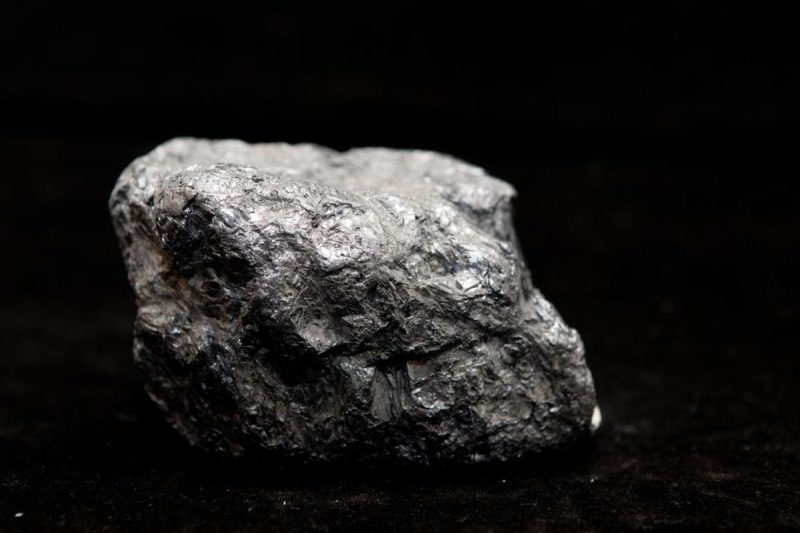Rare Earths Reserves: Top 8 Countries (Updated 2024)
**1. China**
China has the largest reserves of rare earth elements, accounting for approximately 37% of the global total. The country has consistently maintained its dominant position in the rare earths market, holding essential minerals such as neodymium, praseodymium, and dysprosium. With strict regulations on mining and export quotas, China controls the global supply chain of rare earths.
**2. Brazil**
Brazil ranks second in terms of rare earth reserves, with deposits primarily located in the states of Minas Gerais and Goiás. The country’s reserves include crucial elements like neodymium and niobium, which are essential for high-tech applications in industries such as aerospace and renewable energy. Brazil’s efforts to develop its rare earth mining and processing capabilities have positioned it as a key player in the global market.
**3. Russia**
Russia holds significant reserves of rare earth elements, particularly in regions such as Siberia and the Far East. The country’s reserves include minerals like cerium, lanthanum, and yttrium, which are vital for various industrial applications. Russia’s focus on expanding its rare earth production capacity reflects its strategic interests in securing a stable supply chain for critical minerals.
**4. India**
India is emerging as a prominent player in the rare earths market, boasting substantial reserves in states like Rajasthan and Andhra Pradesh. The country’s reserves encompass elements like thorium, beryllium, and tantalum, supporting its ambitions in nuclear energy and defense technologies. India’s efforts to enhance its rare earth extraction and processing capabilities signal its intent to capitalize on the growing demand for these valuable minerals.
**5. Australia**
Australia possesses significant rare earth reserves, with key deposits located in regions like Western Australia and the Northern Territory. The country’s reserves include minerals such as dysprosium, europium, and yttrium, which are critical for advanced technological applications. Australia’s strong mining infrastructure and focus on sustainable resource development position it as a reliable source of rare earth elements for global markets.
**6. United States**
The United States holds considerable reserves of rare earth elements, primarily in states like California and Alaska. The country’s reserves encompass minerals like cerium, praseodymium, and samarium, supporting its advanced manufacturing and defense sectors. With increasing emphasis on reducing dependence on foreign sources, the U.S. is exploring ways to enhance its domestic rare earth production capabilities.
**7. Vietnam**
Vietnam is steadily growing as a significant player in the rare earths market, with reserves located in provinces like Lam Dong and Nghe An. The country’s reserves include elements like tungsten, titanium, and zirconium, which are crucial for industries such as electronics and manufacturing. Vietnam’s focus on developing its rare earth mining sector reflects its commitment to leveraging these resources for economic growth and industrial development.
**8. Greenland**
Greenland is a promising frontier for rare earth exploration, with substantial deposits located in areas like Kvanefjeld and Tanbreez. The country’s reserves comprise minerals like neodymium, praseodymium, and lanthanum, which are essential for renewable energy technologies. Greenland’s efforts to establish sustainable mining practices and attract investment in its rare earth sector position it as a key player in the global supply chain of critical minerals.
In conclusion, the distribution of rare earth reserves across these top eight countries highlights the strategic importance of these valuable minerals in various industrial sectors. As the demand for rare earth elements continues to rise, securing a stable supply chain and promoting sustainable mining practices will be crucial for meeting the growing global demand for these critical minerals.

